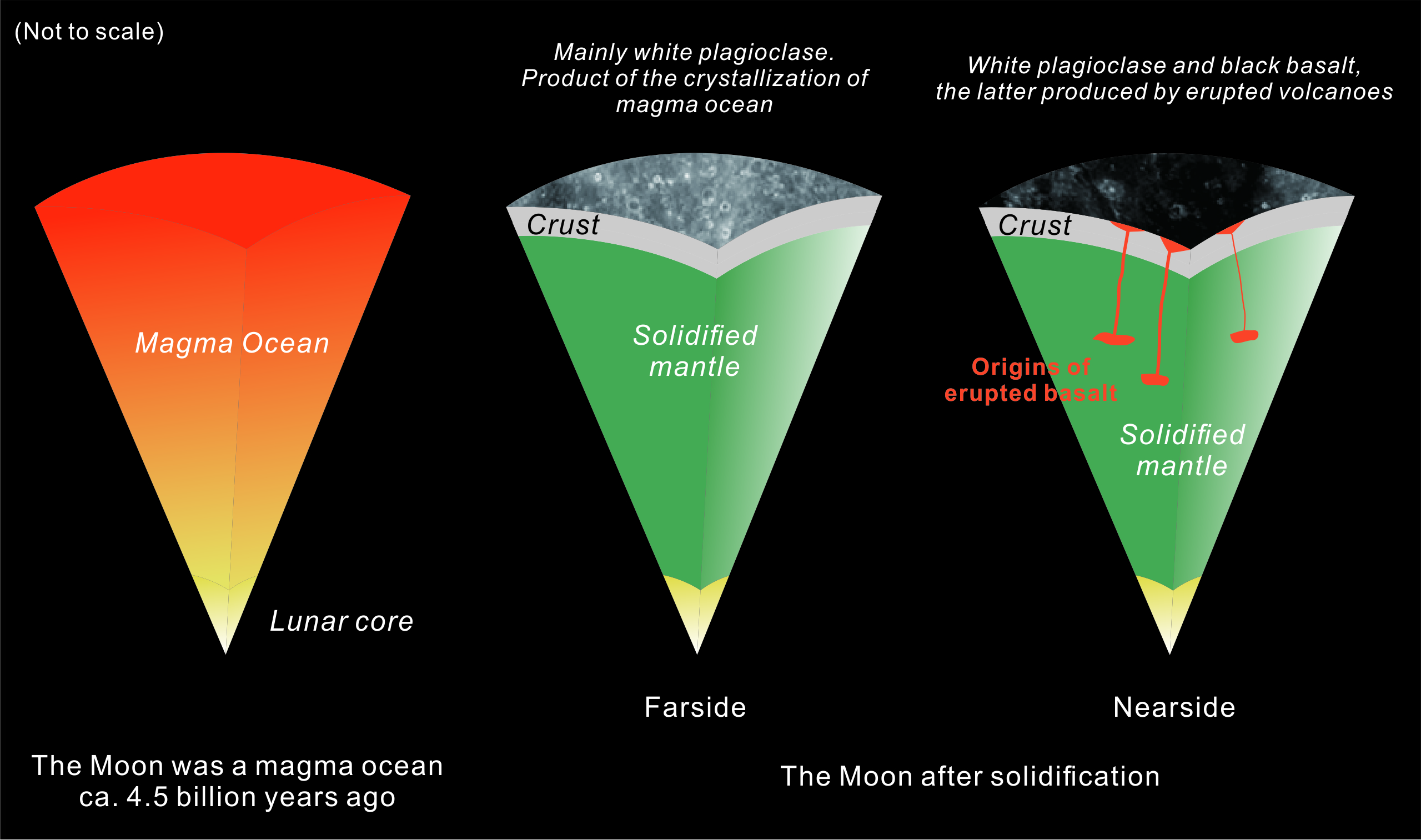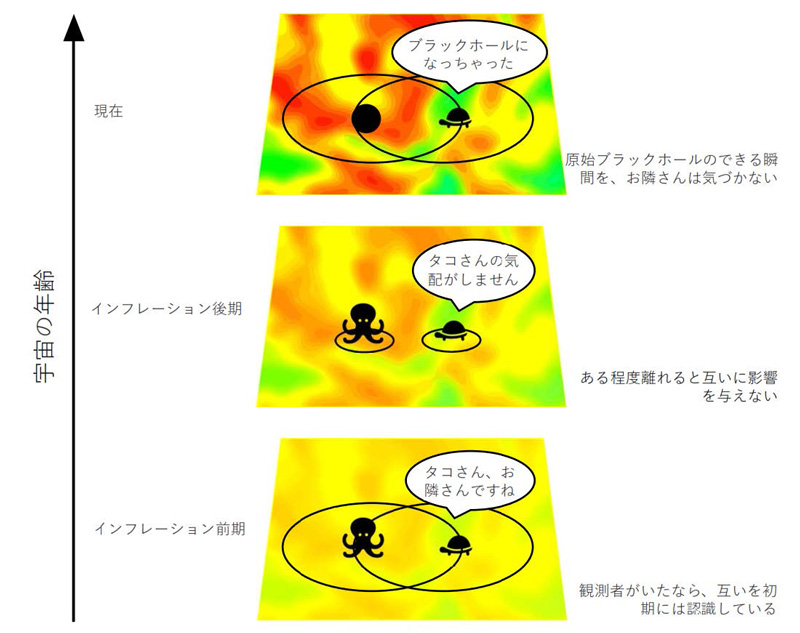2025-06-25 愛媛大学

月表側地殻(Near side)と裏側地殻(Far side)の形成過程
<関連情報>
- https://www.ehime-u.ac.jp/data_relese/pr_20250625_grc1/
- https://www.ehime-u.ac.jp/wp-content/uploads/2025/06/pr_20250625_grc1.pdf
- https://www.nature.com/articles/s41467-025-60849-4
ハロゲン元素の存在量が示す、始原的な月地殻の形成と変質の証拠 Halogen abundance evidence for the formation and metasomatism of the primary lunar crust
Jie-Jun Jing,Jasper Berndt,Hideharu Kuwahara,Stephan Klemme & Wim van Westrenen
Nature Communications Published:20 June 2025
DOI:https://doi.org/10.1038/s41467-025-60849-4
Abstract
Halogen abundances in lunar minerals provide unique insight into the Moon’s volatile budget, but incomplete knowledge of halogen incorporation in minerals and melts limits their application. Here we present experimentally derived Cl mineral-melt partition coefficients and couple models of the evolution of the lunar interior to measured Cl and F abundances in lunar crust samples. Most nearside lunar crust materials turn out to be anomalously enriched in Cl compared to expectations from primary crust formation models, likely due to widespread (metal chloride) metasomatism. Mg-suite rocks formed outside the nearside Procellarum KREEP Terrane do not show this Cl enrichment. Plagioclases from these KREEP-poor rocks equilibrated with magma with a low F/Cl ratio of approximately 1.5. This low F/Cl ratio indicates that KREEP-poor Mg-suite parental magma originated from a source containing at least 2% liquid trapped during lunar magma ocean solidification. The hypothesis that Cl metasomatism is limited to the Procellarum KREEP terrane can be further tested by combining our experimental data with halogen measurements of farside Chang’e-6 samples.



